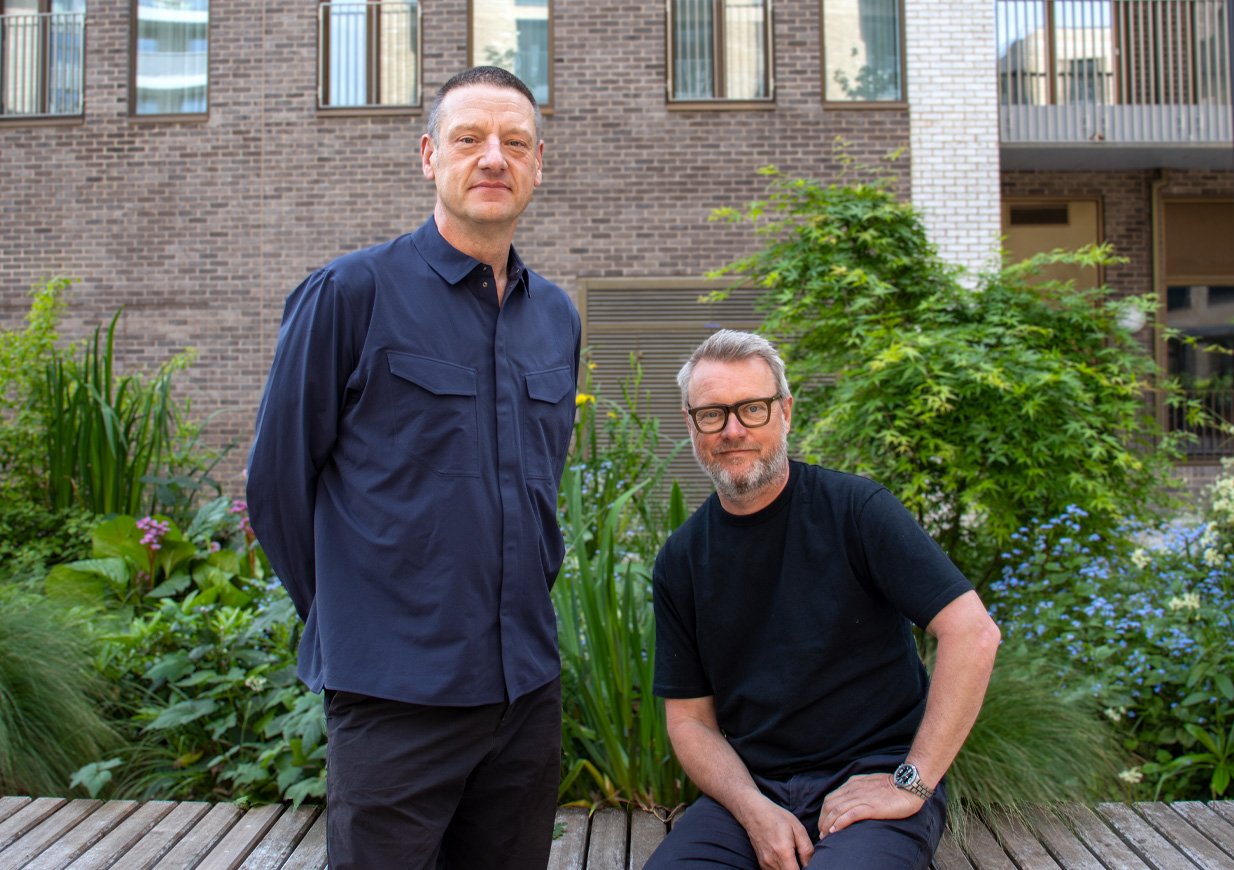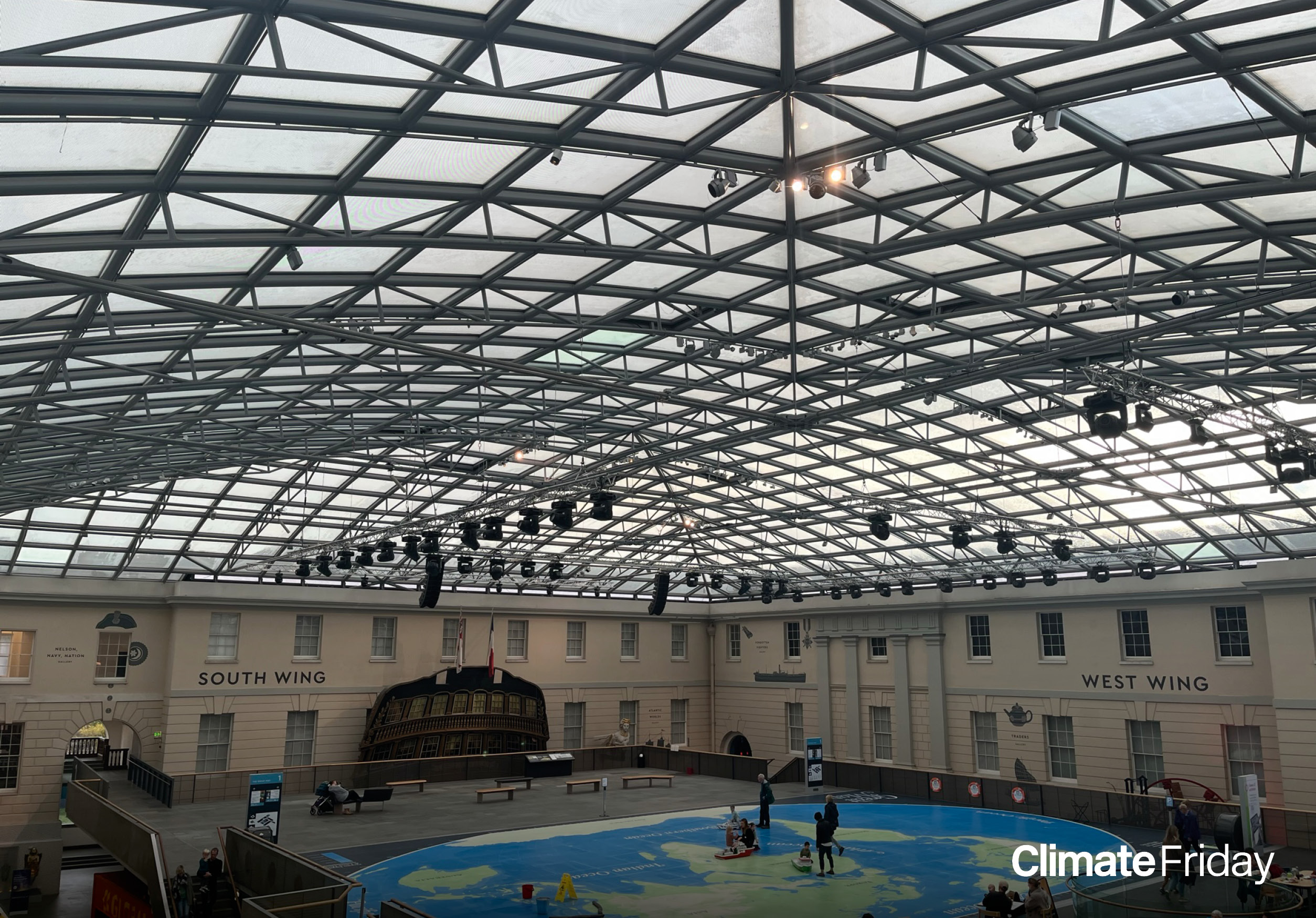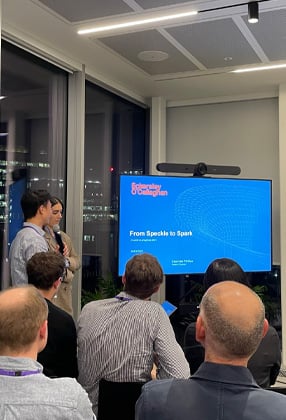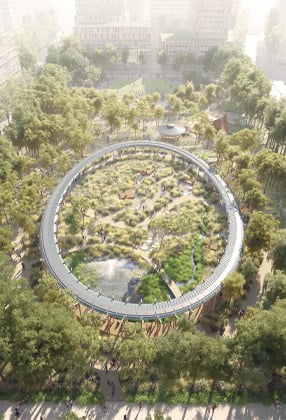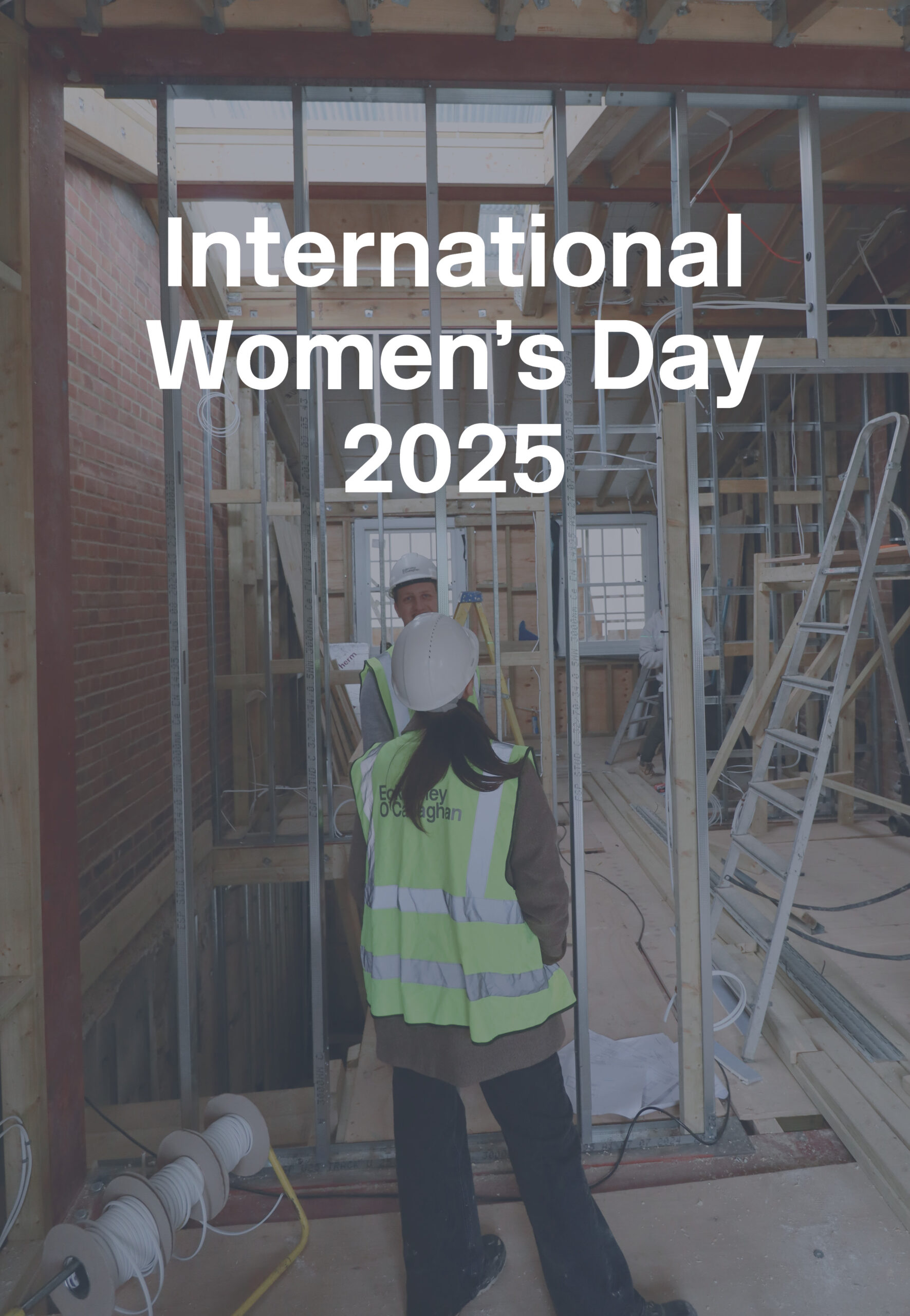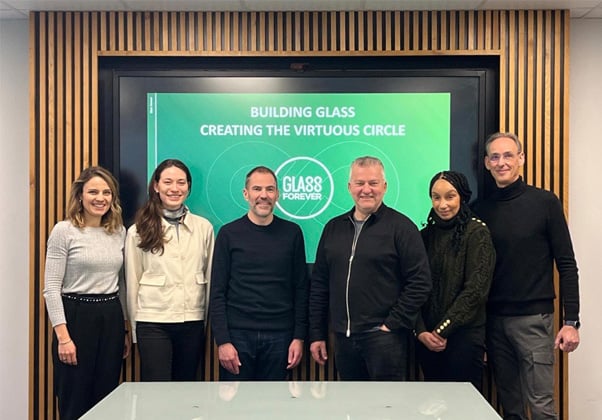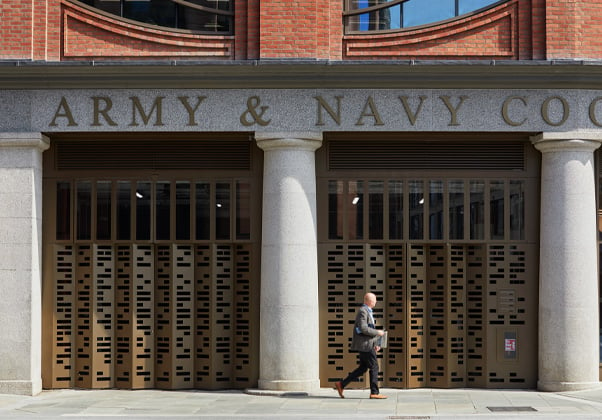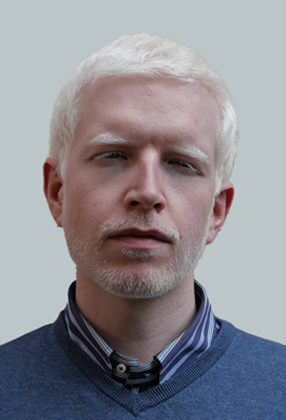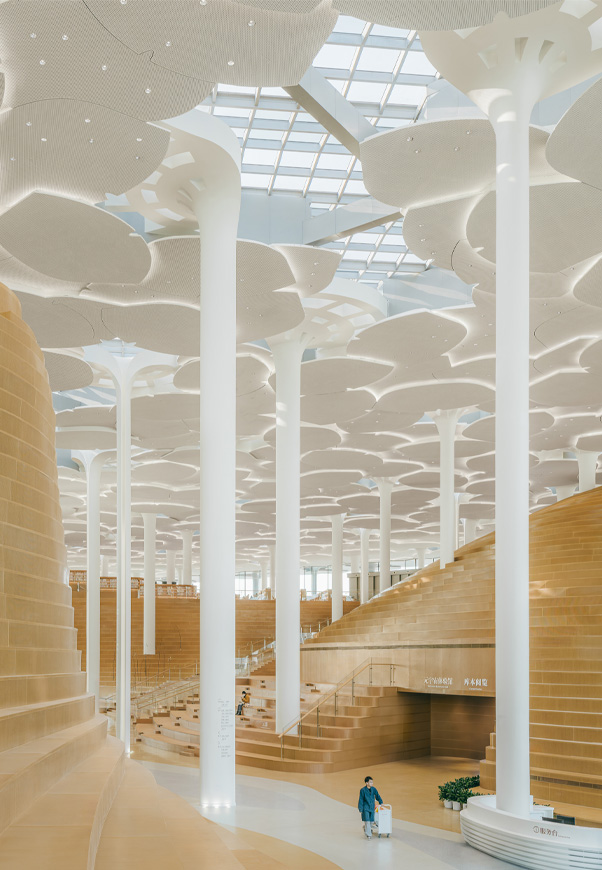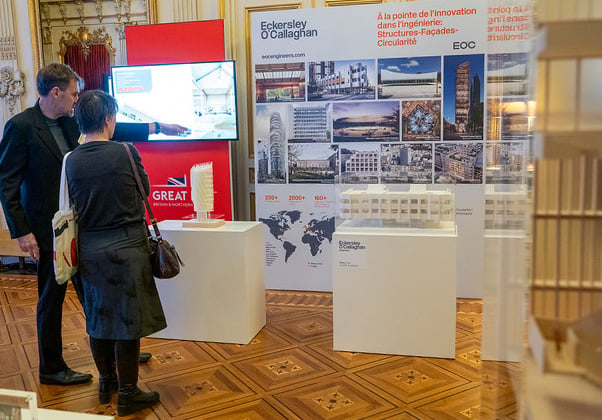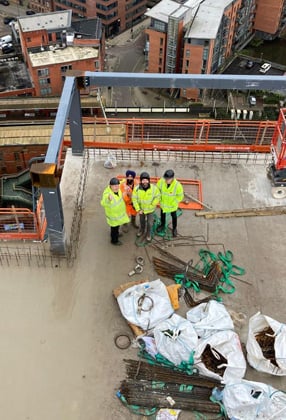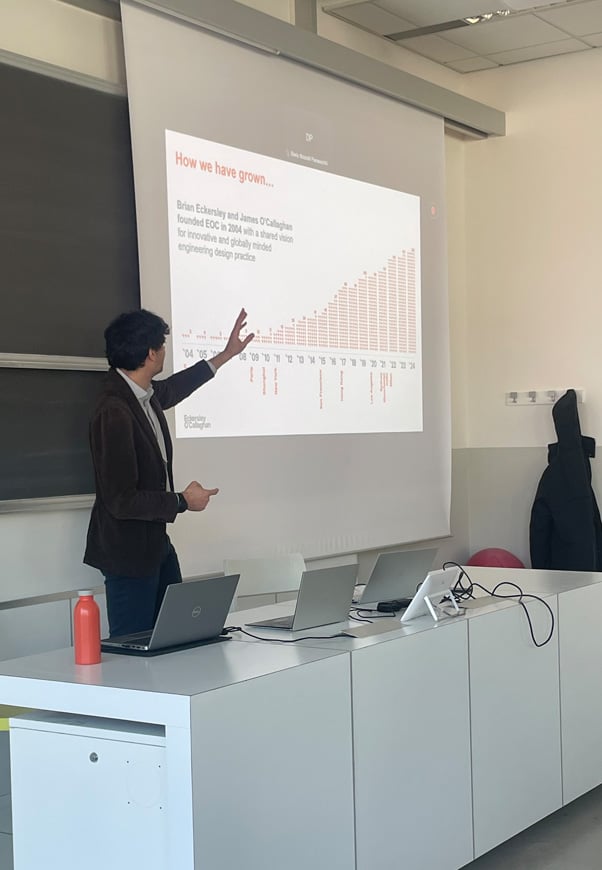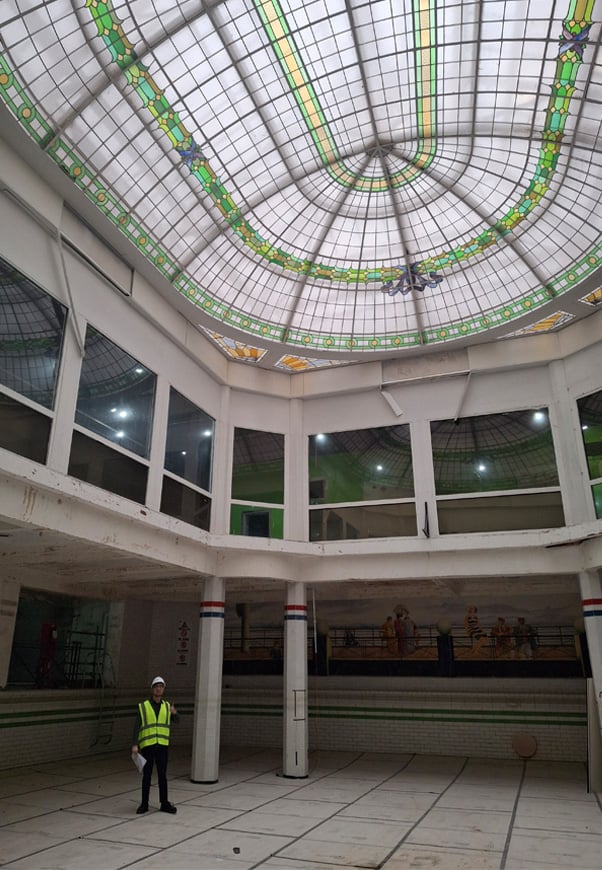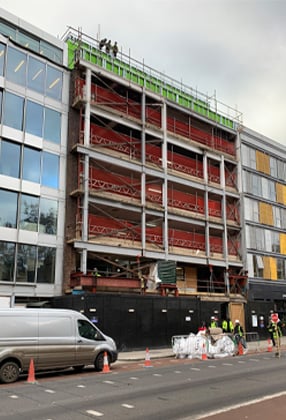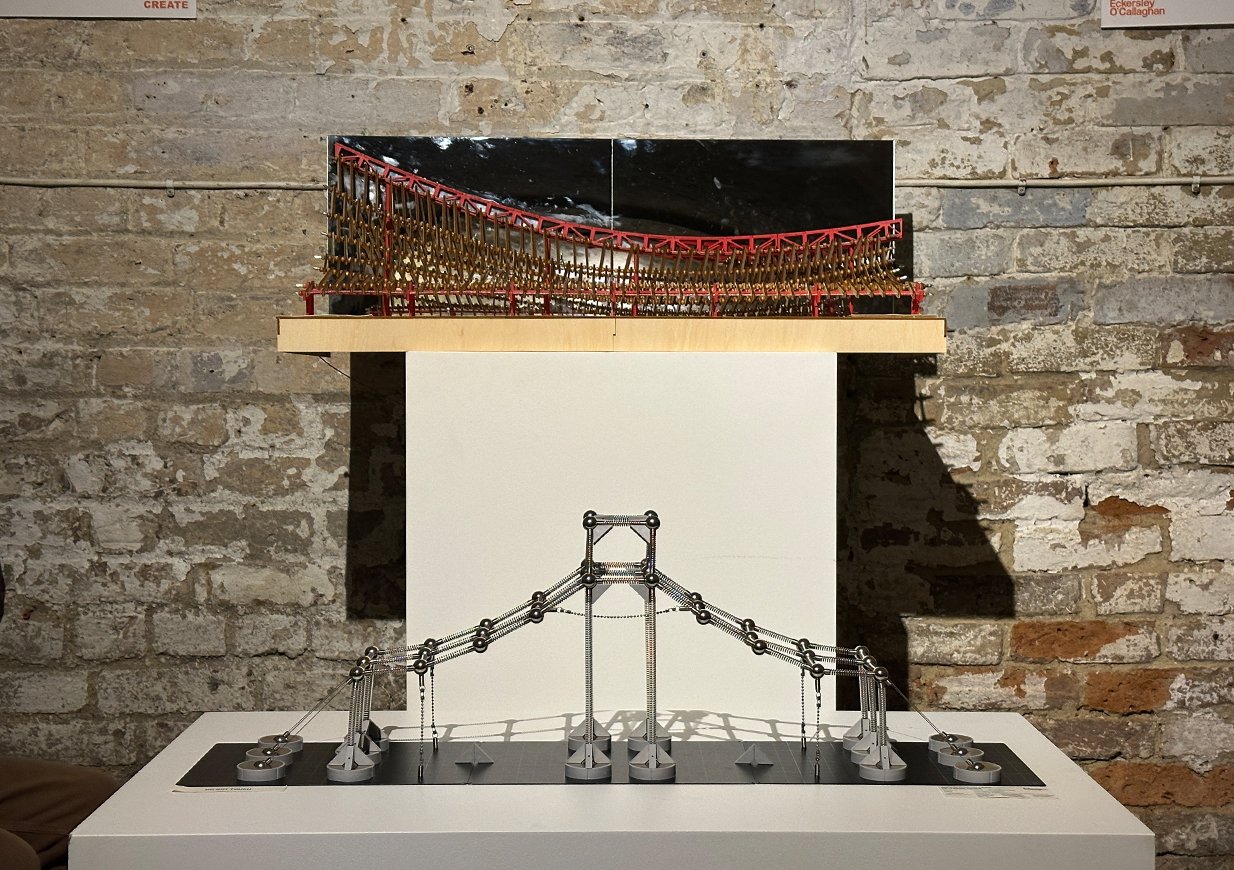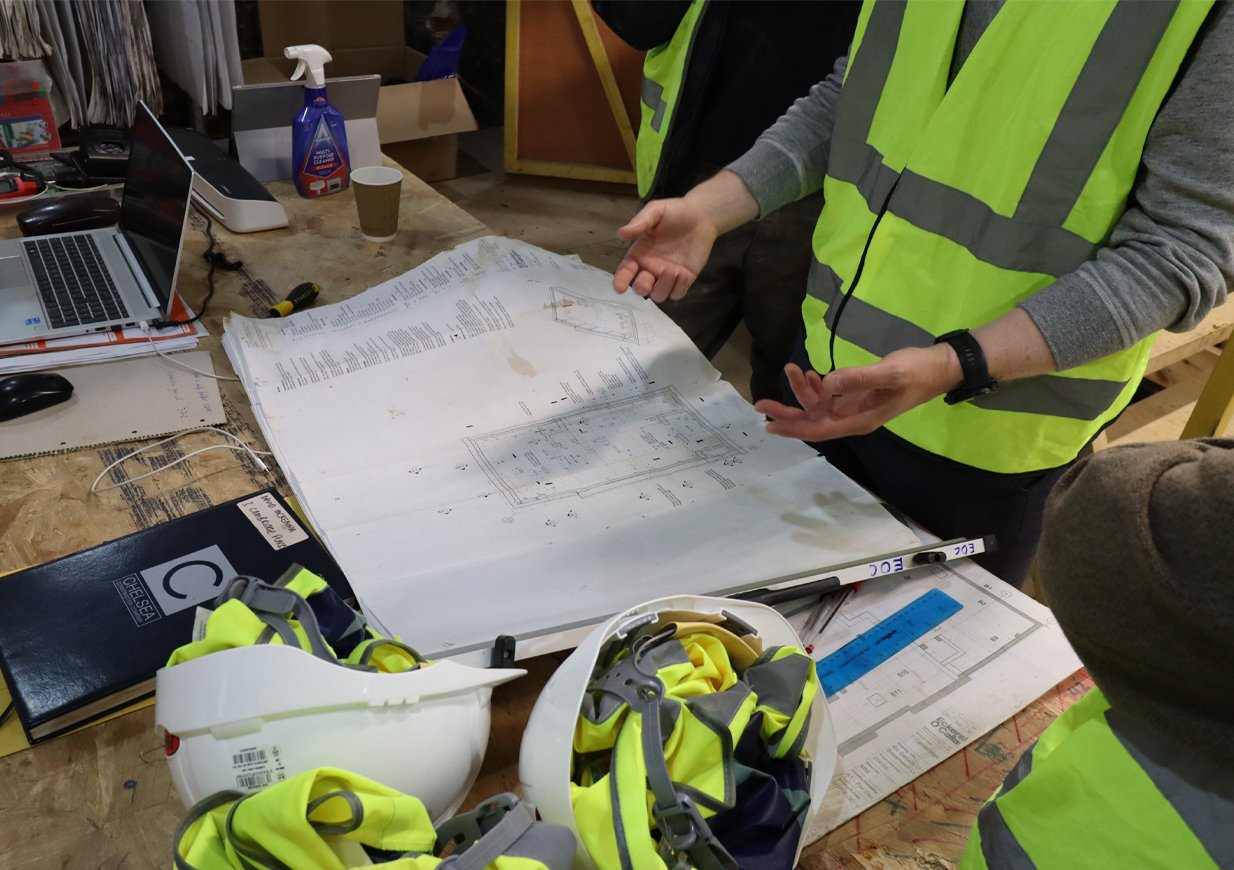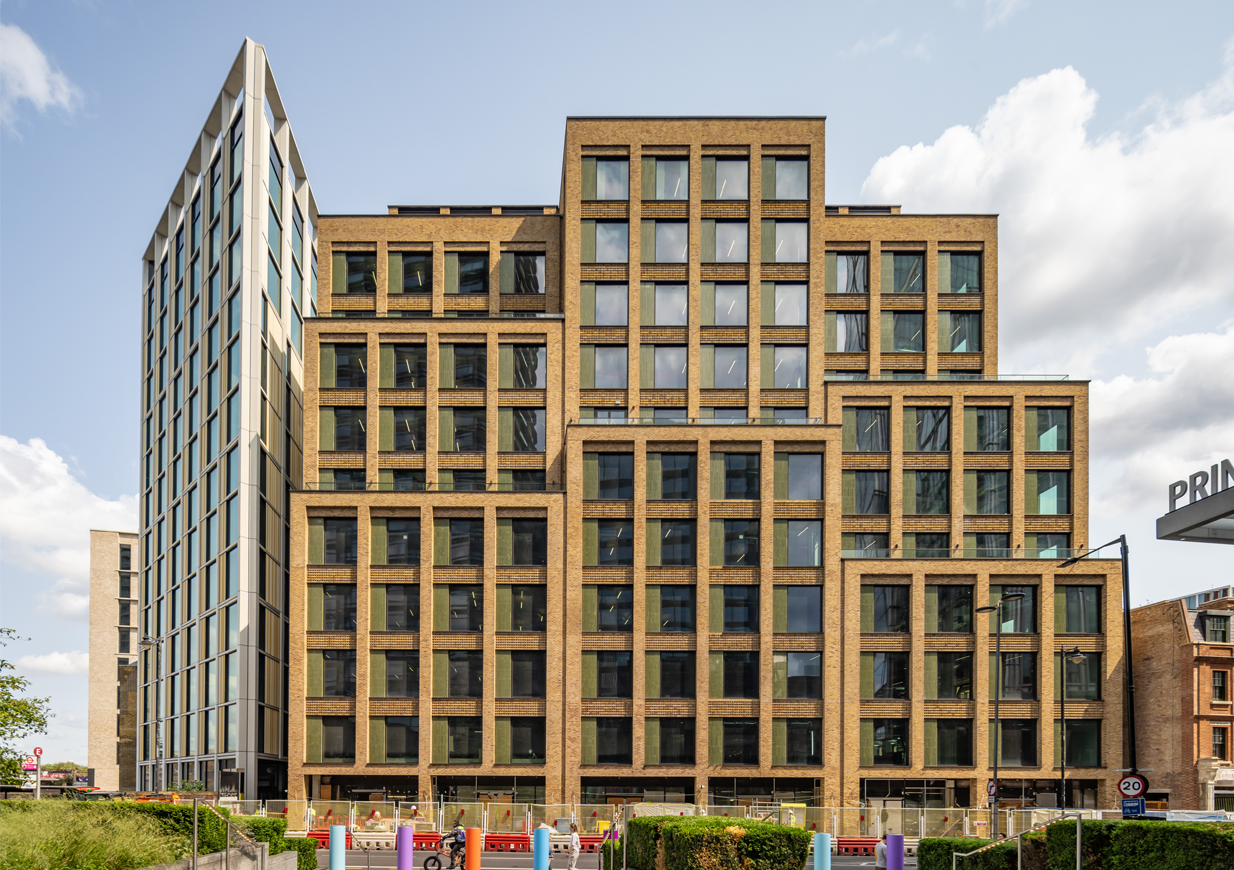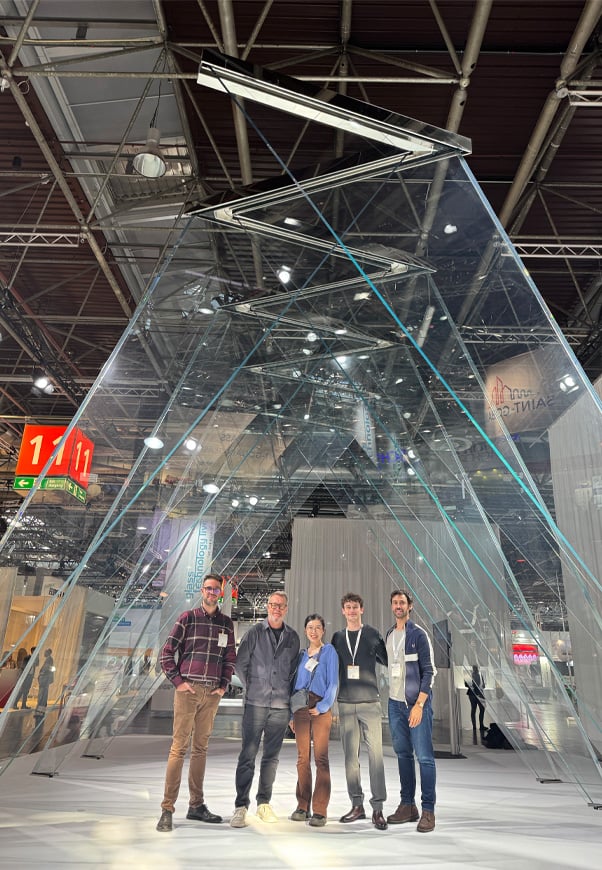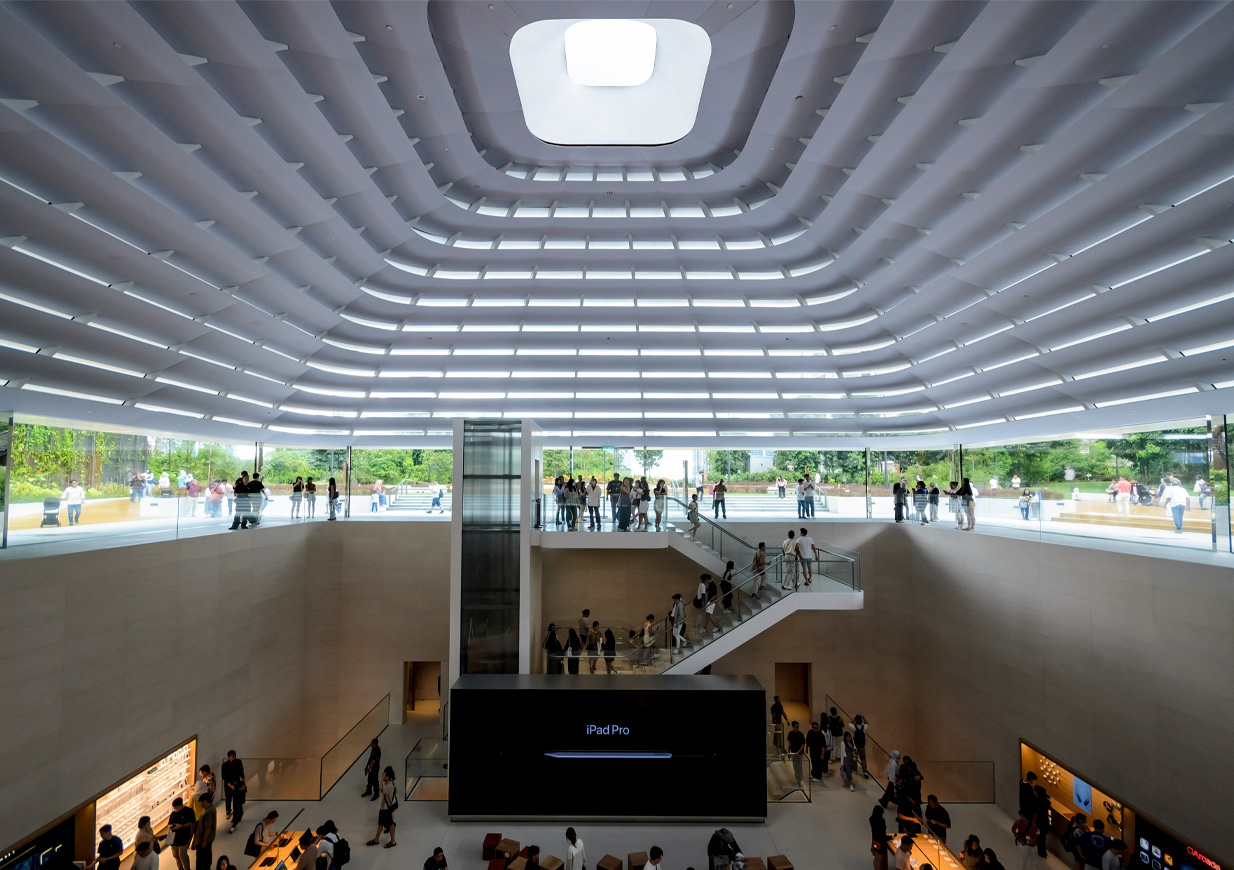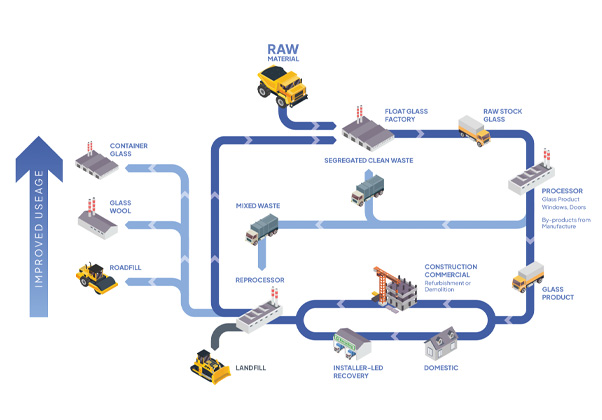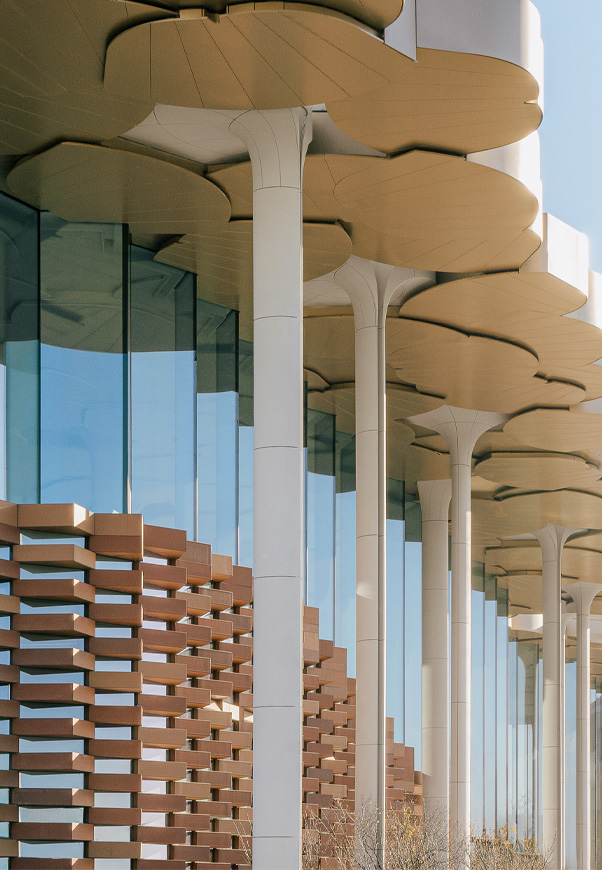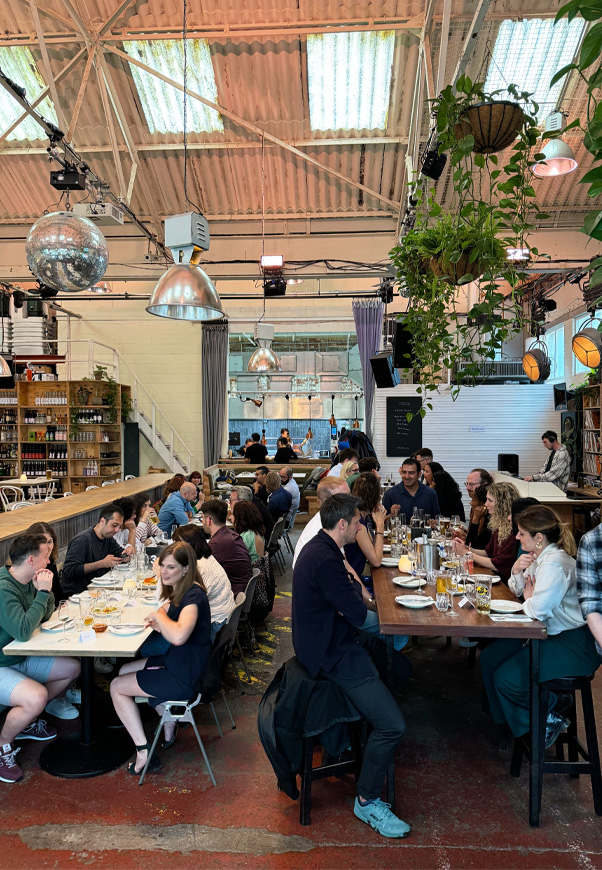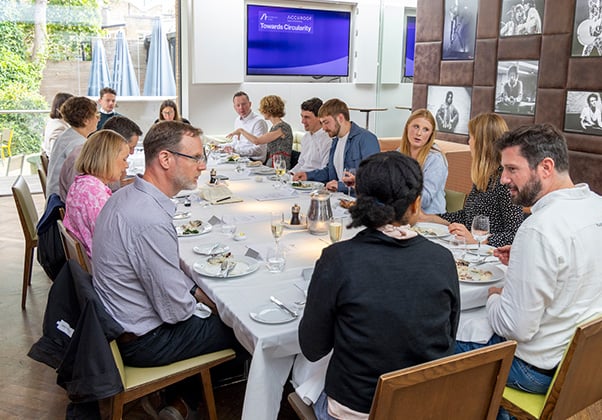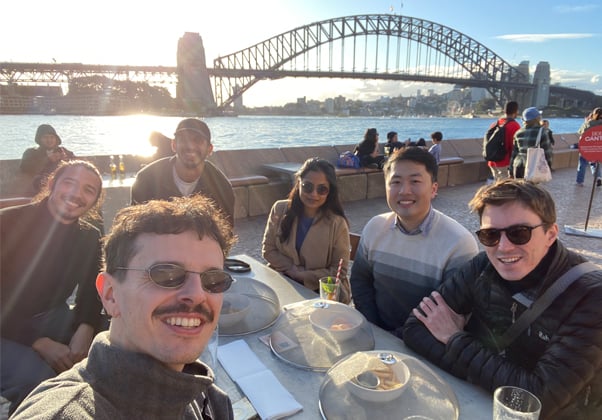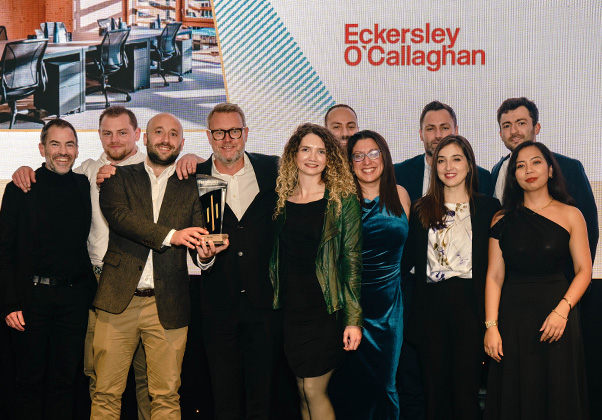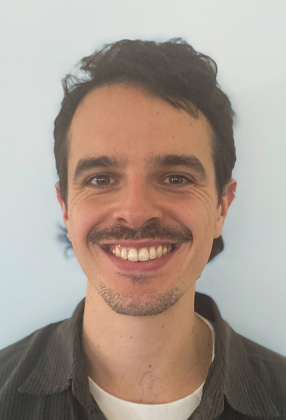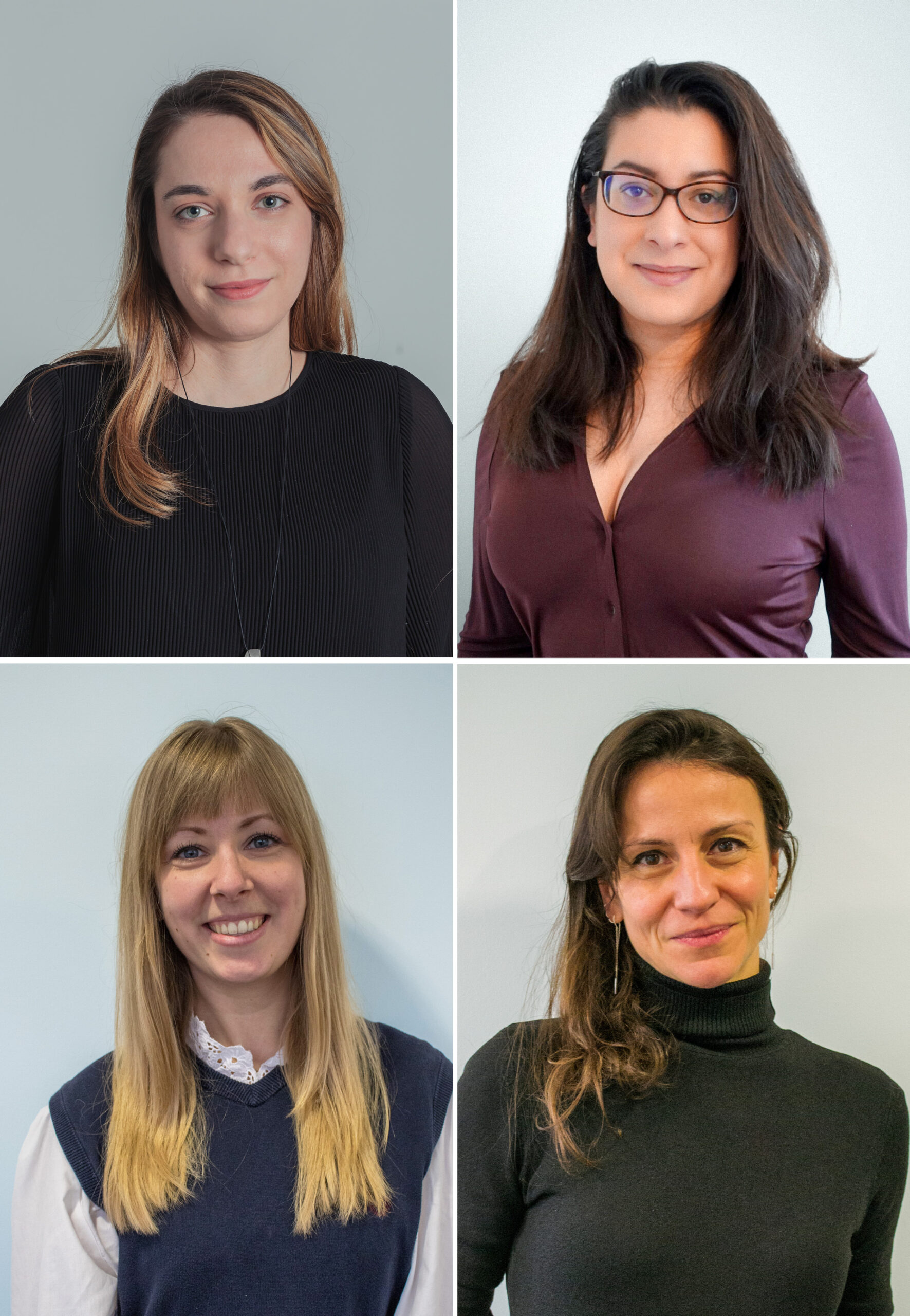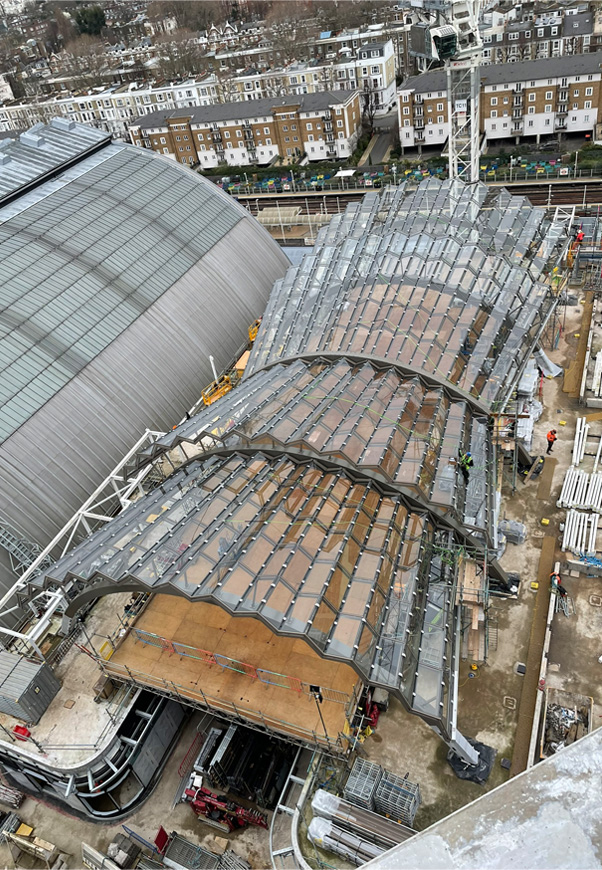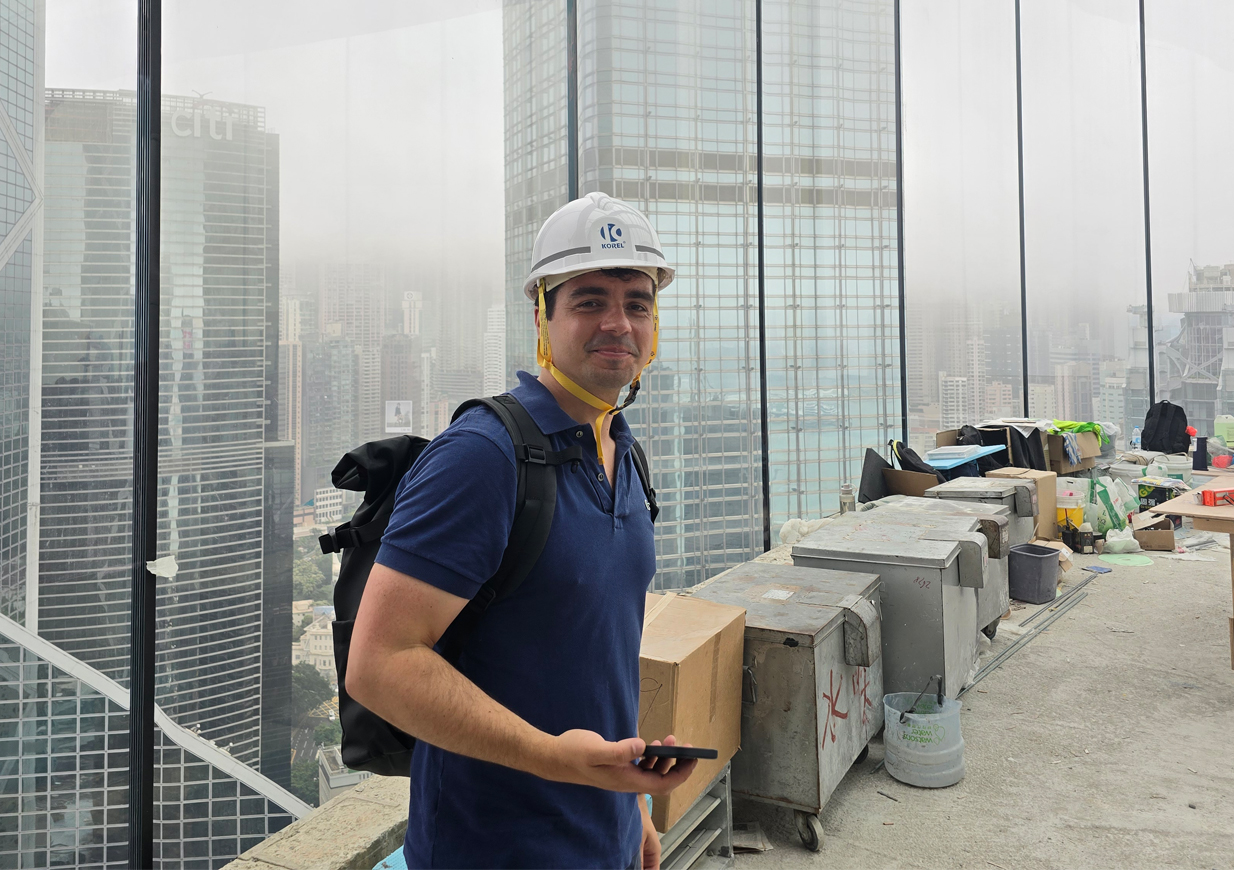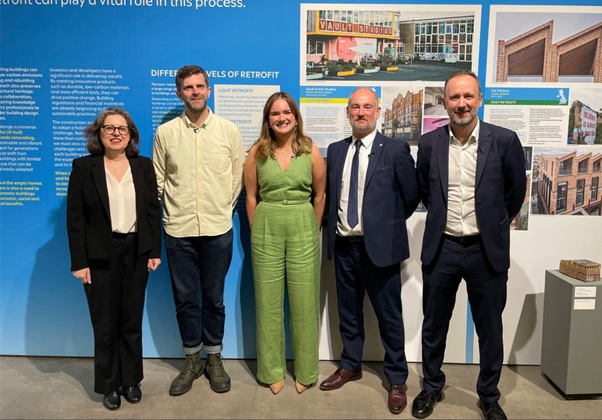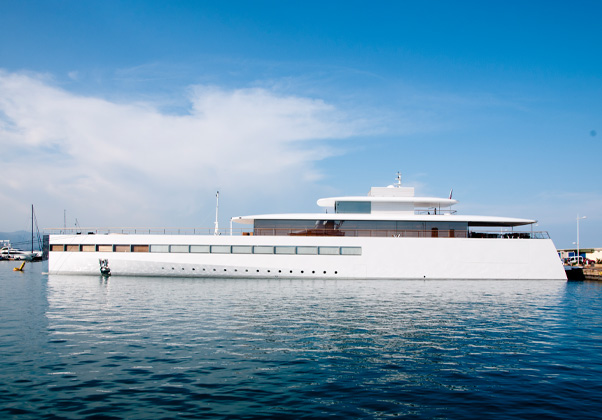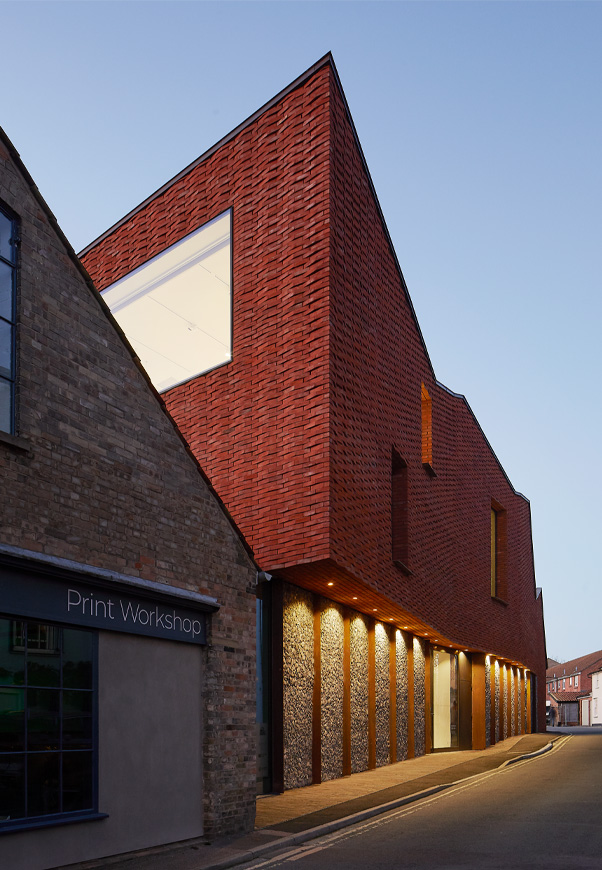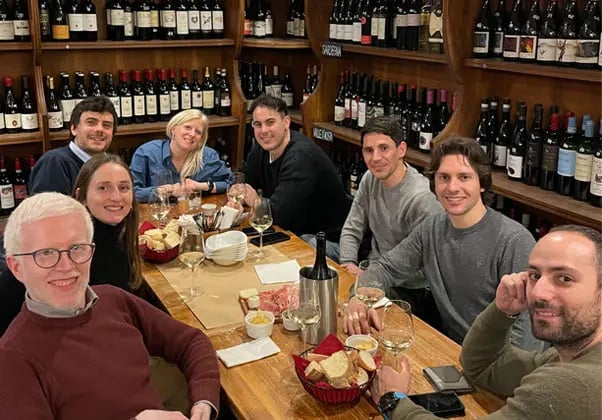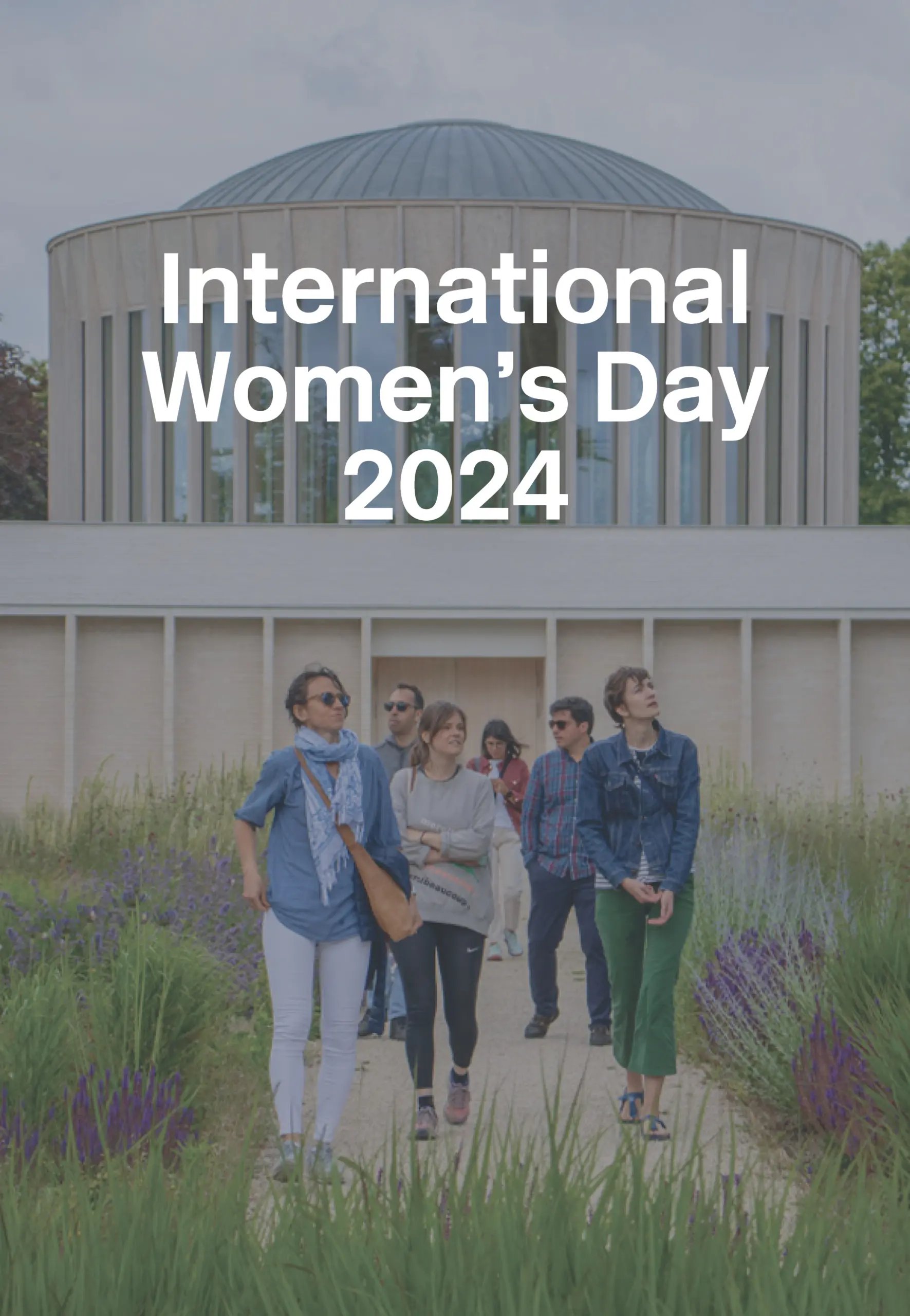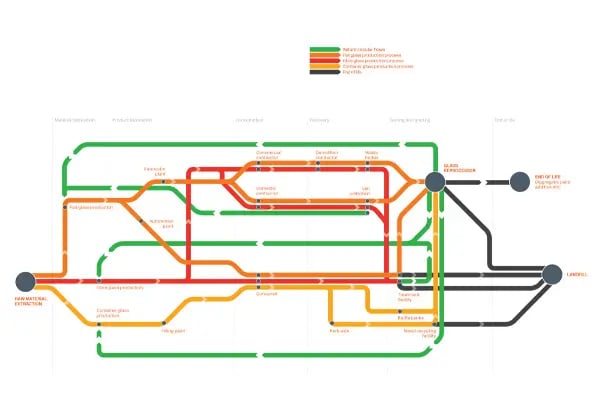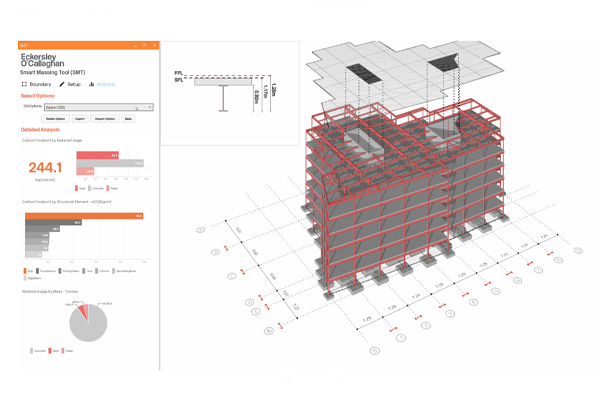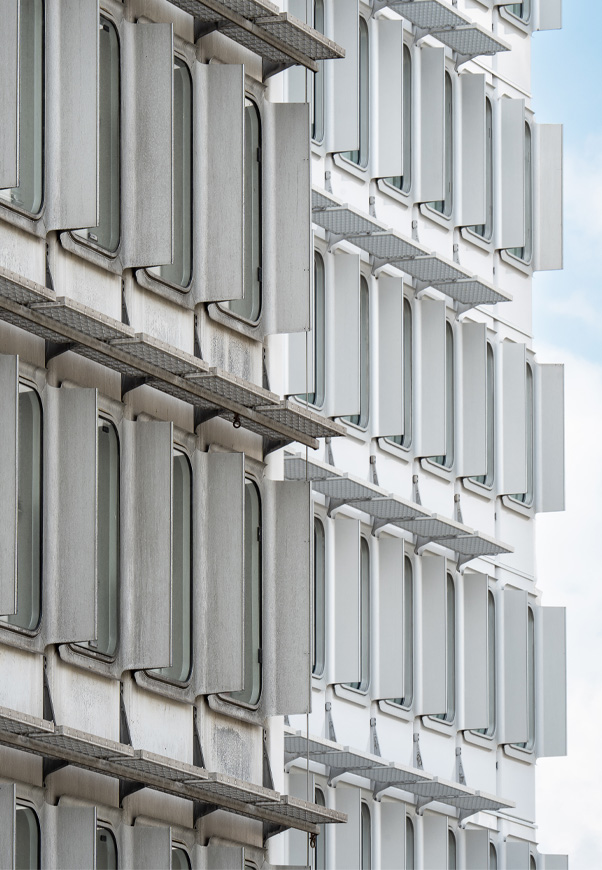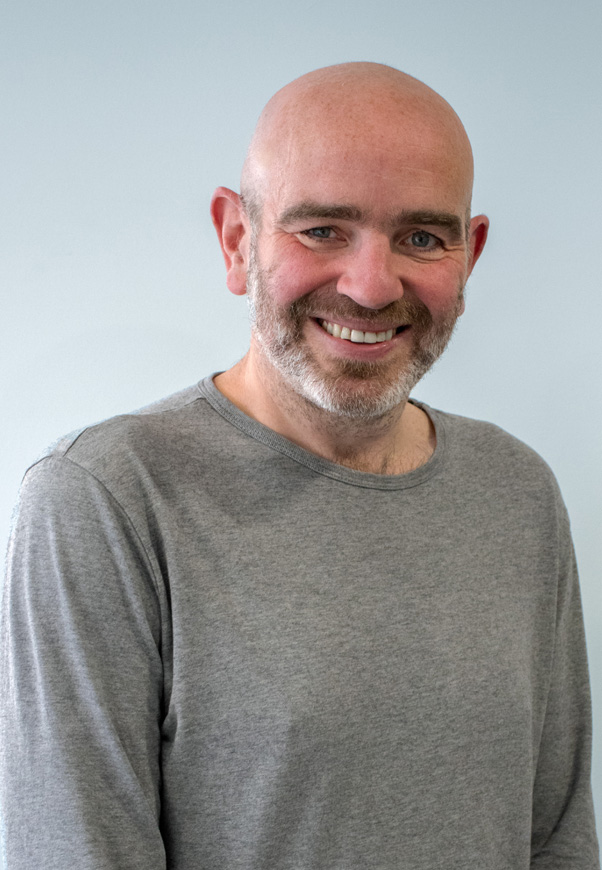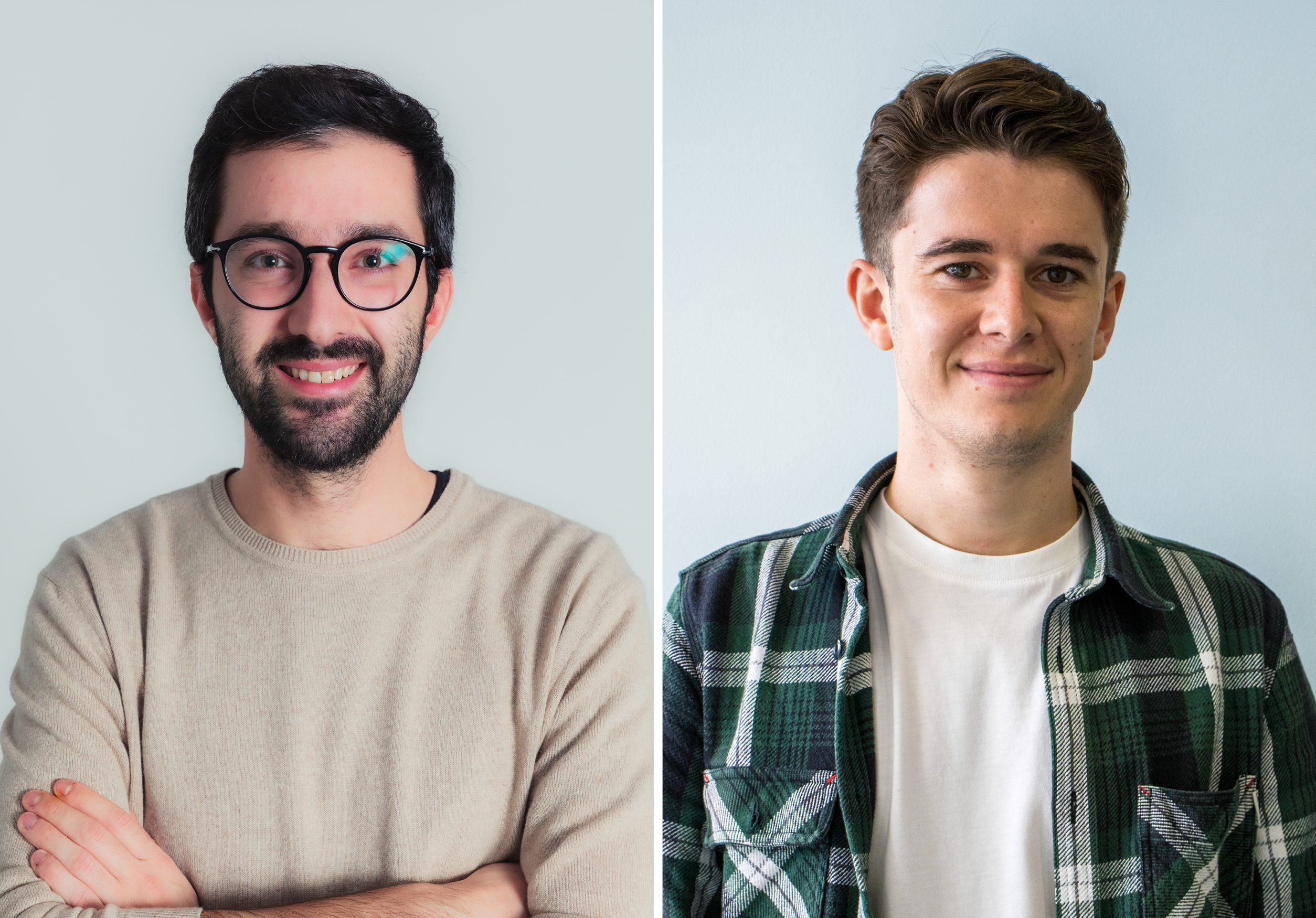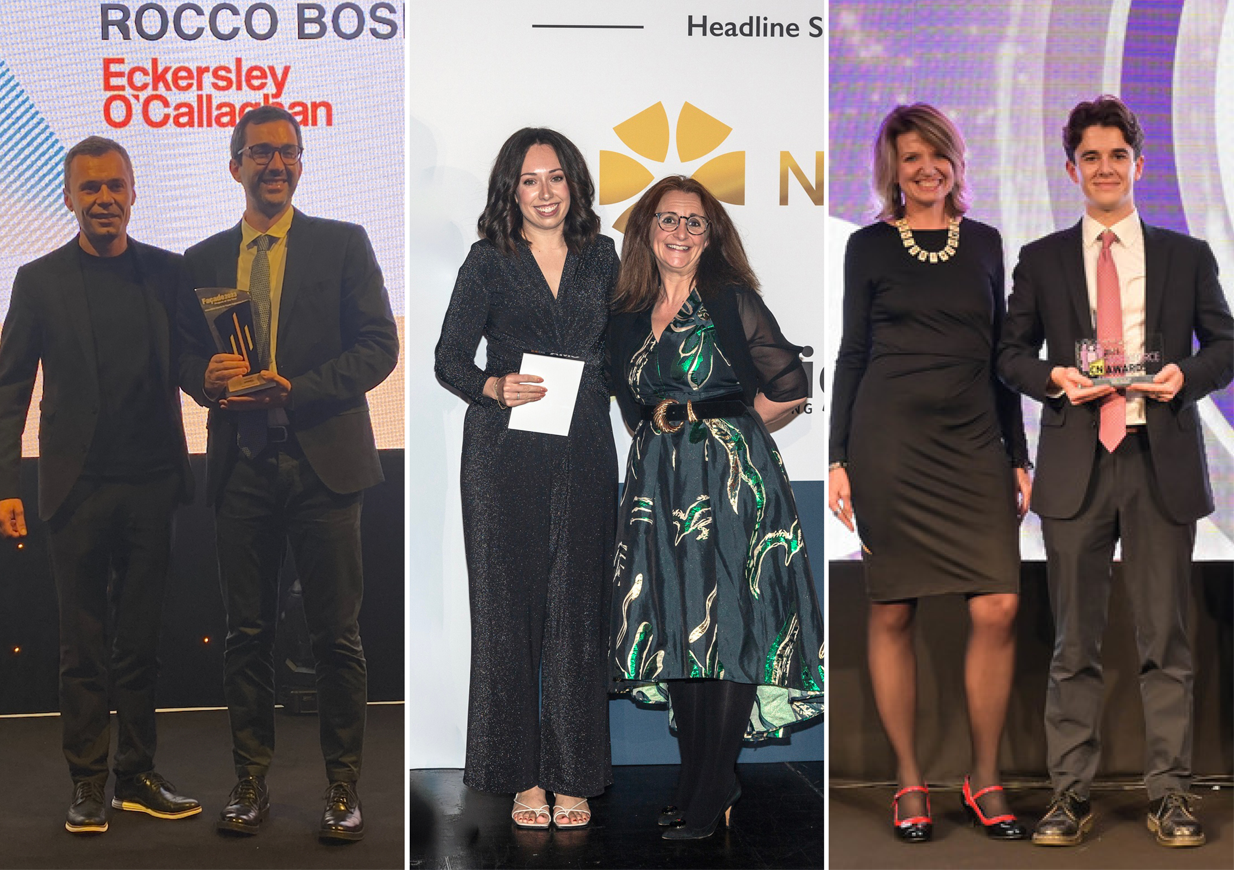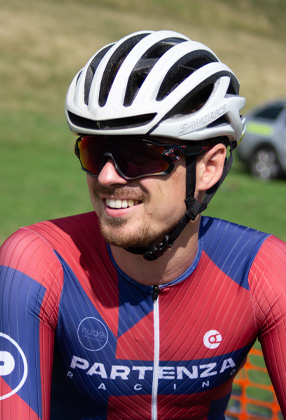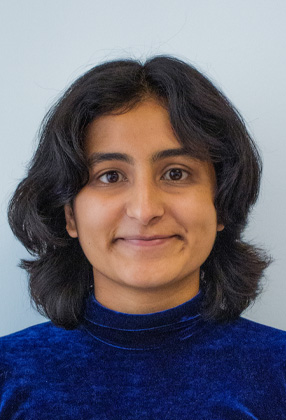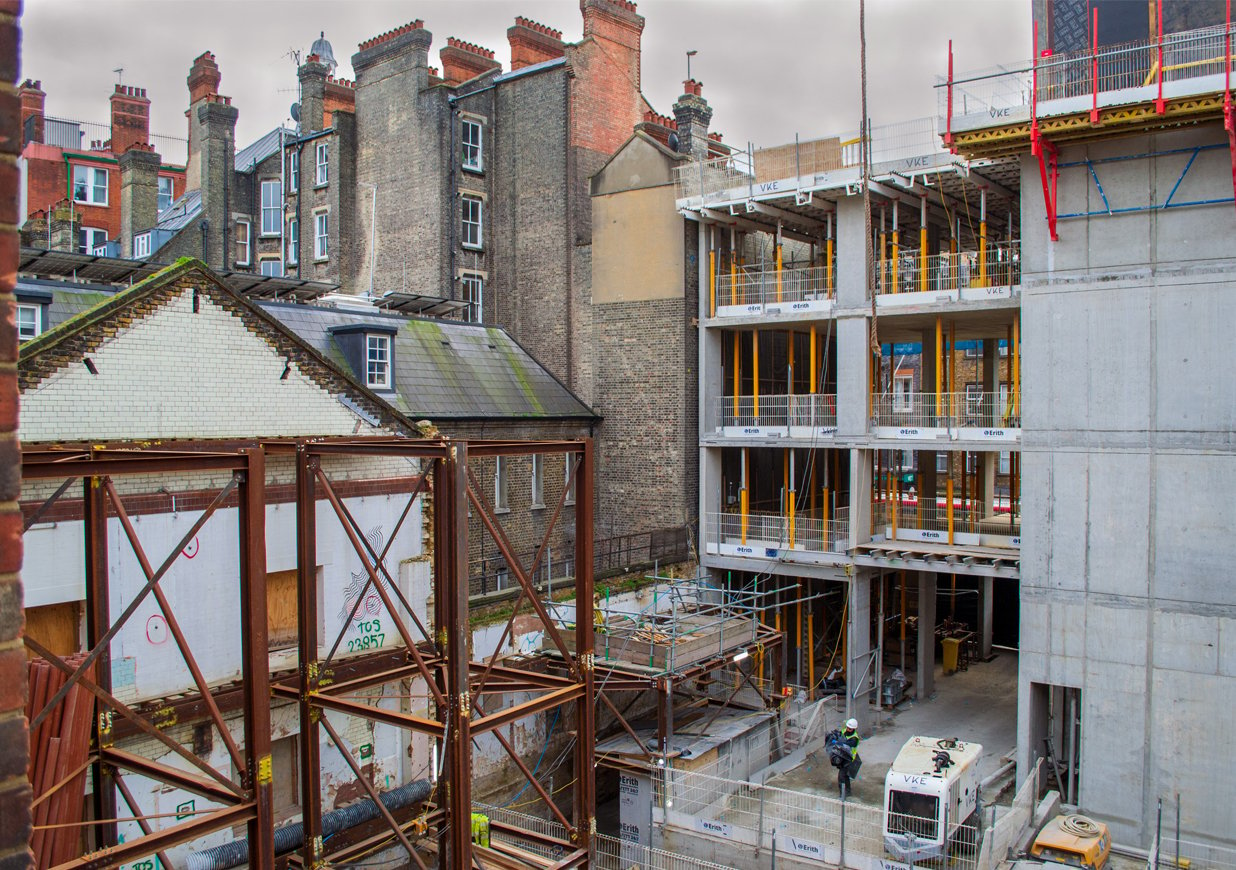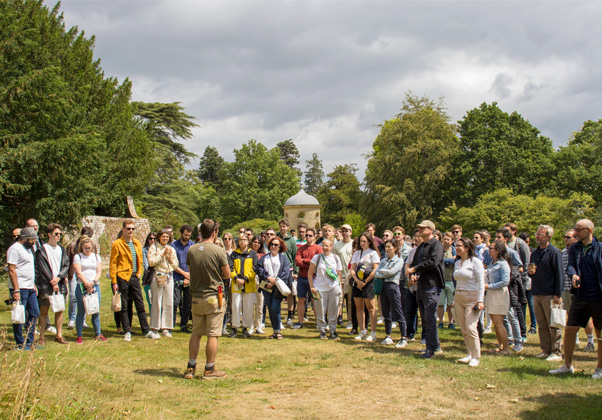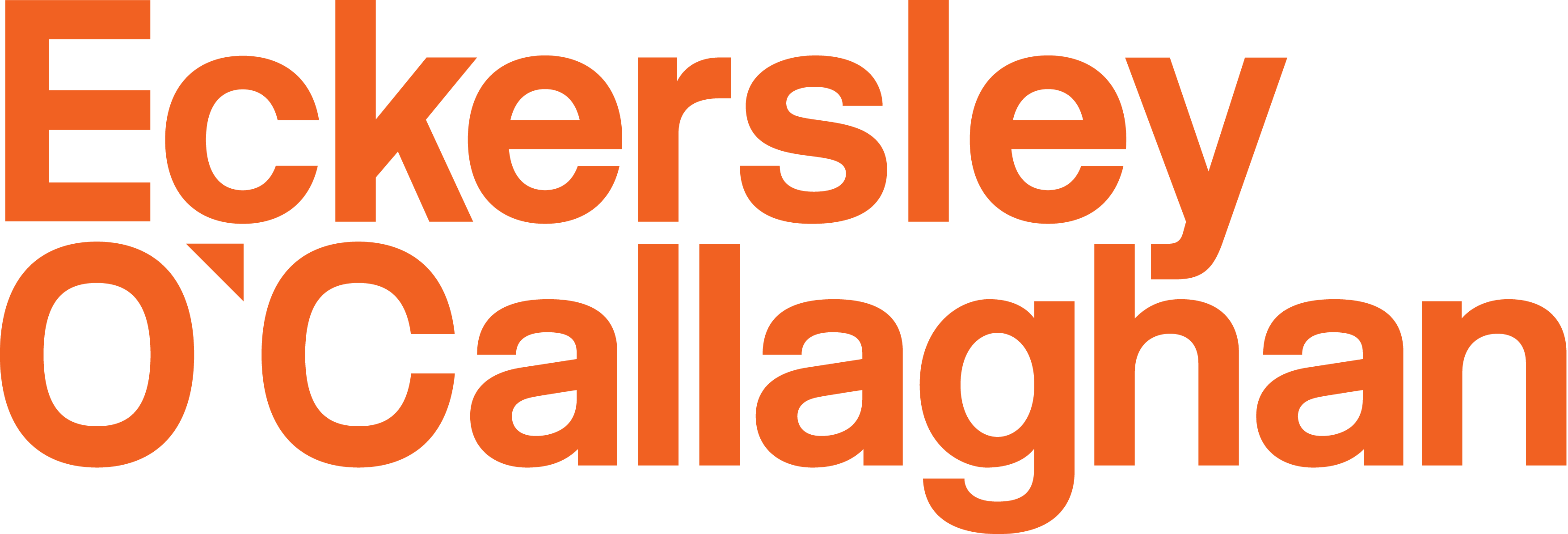Meet…Stéphany Le Rhun, Global Sustainability Lead
7 July 2022

Meet Stéphany Le Rhun an expert facade engineer in our Paris office whose commitment and passion to sustainability and carbon reduction has led to her recent appointment as Eckersley O’Callaghan’s Global Sustainability Lead.
Tell us a bit about your role
I have worked as a Facade Engineer with Eckersley O’Callaghan for seven years; two years in the London office and five years in Paris. I have always been interested in sustainable construction practices, starting with the energy savings offered by an efficient facade design.
Over the years, I have become more conscious about the larger impact we, as engineers, have on carbon, resilience, wastage, and material depletion. I have explored these topics extensively and, so that I can focus on the climate emergency, I have moved to a position fully dedicated to tackling it – Eckersley O’Callaghan’s Global Sustainability Lead.
My task is to establish, develop and lead our sustainability initiatives around the world. A part of my mission is to consolidate our knowledge, to set sustainability targets, to sensitise and train the teams, to enhance and monitor our sustainability in design and to participate in the research and development of materials and construction techniques that will enhance the sustainable aspects of our projects.
What role can structural and facade engineers play in addressing the climate crisis?
As structural and facade engineers, our input into a project has a direct impact on its sustainability and carbon footprint. At EOC, we make carbon calculations for all our projects, setting targets in line with the Net Zero Carbon Strategies. This enables us to make documented choices for our projects, on a day-to-day basis.
Our role is also to be sensitive to architectural design and business strategies, so that we can balance and calibrate our responses to the briefs and be able to convince our clients and design teams more effectively. It’s important that we spread awareness of the benefits of sustainable practices, meaning we must communicate in a meaningful way to decision-makers.
What are the most interesting aspects of your work?
The most interesting aspect of my work is its diversity. By that, I mean I get to work with fascinating, intelligent people from very different specialities and backgrounds. That includes my colleagues, our industrial partners and the academics we collaborate with on research projcts.
There is also a diversity in the topics that I work with, and that diversity is only going to get bigger as we explore broader environmental issues. I also find myself amazed every day to discover the number of pioneering studies done by all our offices. Our engineers are constantly developing and learning and the task of consolidating all of this rich knowledge is hugely rewarding.
What is the biggest challenge we face as an industry?
The change of mentality and practices. The big actors of our industry have recently developed a wide array of skills and knowledge to face climate change. But we are still confronted with too many ‘business as usual’ projects that won’t help us shift the paradigm. Briefs and project requirements need to adapt faster so that there can be a large-scale change across the board.
What inspired you to act on sustainability?
Sustainability affects all sectors, and all people individually. The spectrum of inspirational people is therefore incredibly wide and rich. I particularly admire people who put the environment at the forefront of their lives and align their actions with their beliefs. They can be whistle-blowers, science popularisers who make it possible to spread messages widely across political, social divisions and also colleagues, neighbours and friends. They are a great motivation to contribute to the environment.

